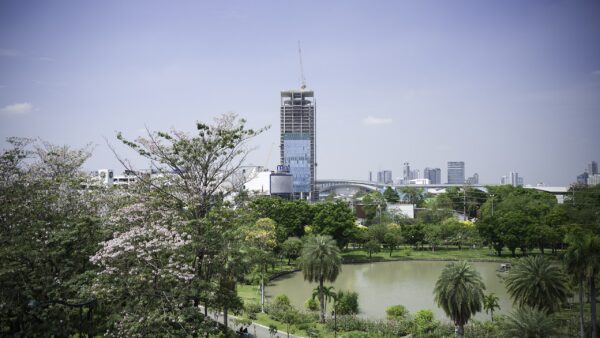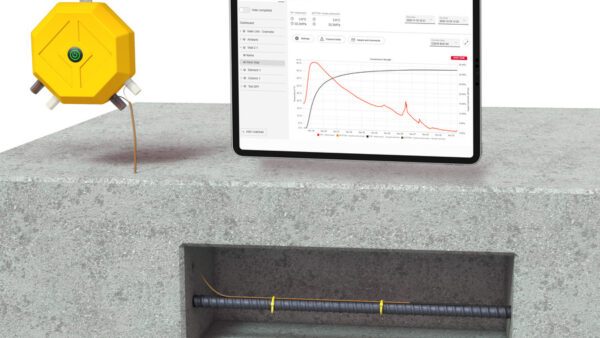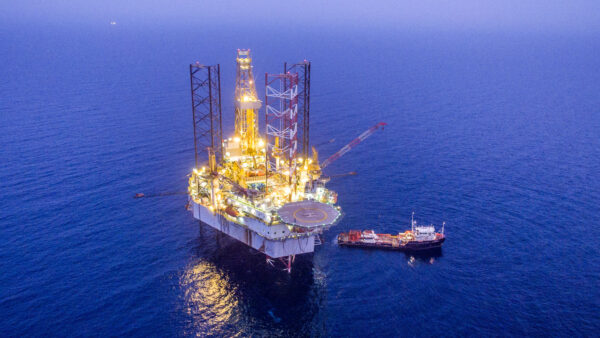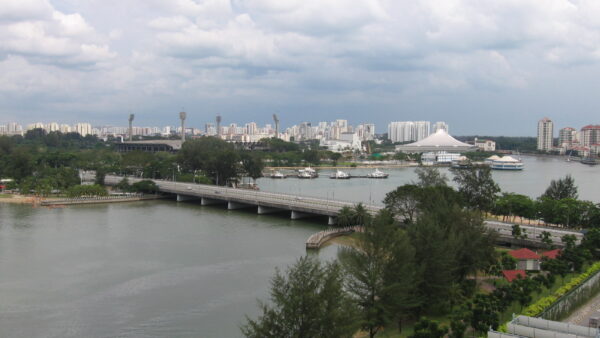The port of Liverpool officially opened its £400m ($500m) deepwater container terminal today (4 November) as the UK prepares to boost its Atlantic trade.Â
The terminal, to be called Liverpool2, will increase the port’s container capacity from 1 million TEUs (twenty-foot-equivalent units) to 2 million, and allow it to handle the latest Ultra Large container vessels, which can carry up to 19,000 “boxes” in a single run.
The project required the deepening the port’s approach channel by 7m. The 5.5 million tonnes of silt removed were then used to reclaim 16ha of land and build an 854m quay wall. This part of the work was carried out by Dutch contractor Van Oord, which was in joint venture with BAM Nuttall to construct the port.
The scheme was developed by Peel Group, a private investment company based in Manchester that owns a range of property centred on the north west of England.
Mark Whitworth, chief executive of Peel Ports, said: “Today marks the beginning of a new era for the Port of Liverpool. Our investment will help global shippers to transport cargo more efficiently to their end destination with lower costs, congestion and carbon emissions. Liverpool provides state-of-the art facilities and offers a shorter supply chain right to the heart of the UK via the Manchester Ship Canal.”

The state-of-the-art cranage accounted for £100m of the budget (Peel)
It was opened by Liam Fox, the secretary of state for international trade. He said the terminal would boost crucial cargo capacity, create local jobs and was “yet another sign that the UK is open for business with the world”.
He also pointed out that it increased the UK’s exposure to non-EU trade routes. “Liverpool is ideally located to increase our trade with countries west of the UK, including the US, Canada and South America, and this new port opens up even more opportunities with new markets and export destinations for UK businesses,” he said.
Liverpool has around 8% of the UK’s container market, a share that is expected to rise to between 15% and 20%.
The expanded port is part of a grand plan to invest £50bn in the Merseyside-Manchester corridor over the next 50 years.
As well as doubling the capacity of Liverpool, the only the container port in the northwest, the plan envisages upgrading the Manchester Ship Canal as a corridor into the heart of northern England, installing tidal and biomass energy schemes, and building industrial parks along its 50 mile length.Â
Ironically, the ship canal was originally built to divert trade away from Liverpool to Manchester.
A video showing the building of the terminal can be seen here.
Main image: One project milestone was the reclaiming of land for the terminal site (Peel)
Â










